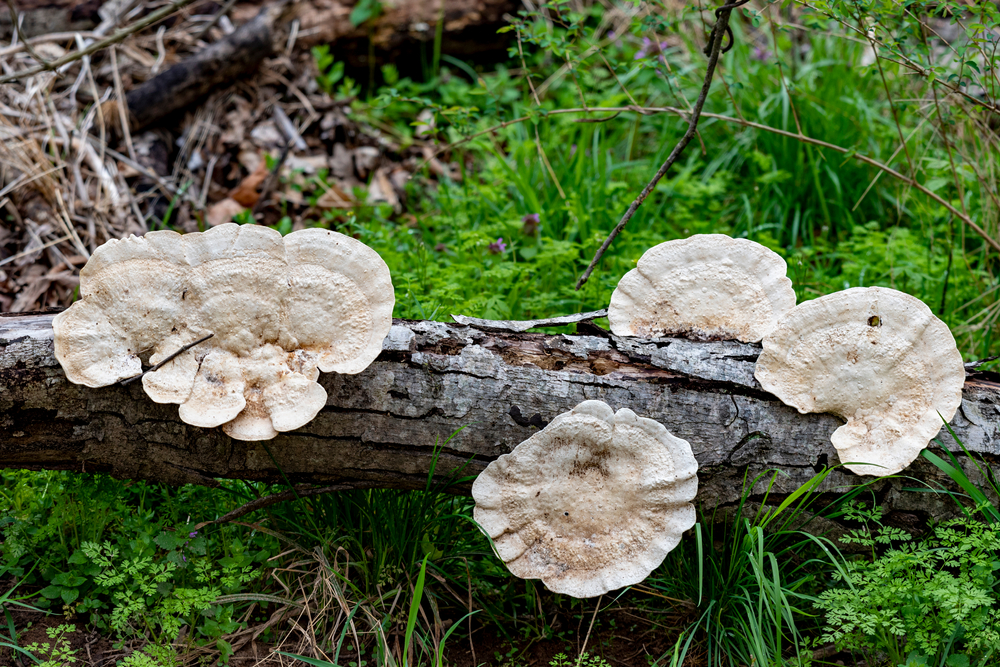Fungi’s impact on agriculture will continue to make great strides as we learn how to harness the capabilities of this unique resource. I think we’ll see fungi play an expanding role in crop enhancement, whether that’s improving the composition of soils, mitigating soil toxins, acting as a pesticide, promoting root expansion or accessing greater quantities of water and nutrients.
Taking a deeper dive into white rot fungi, it’s documented that they produce unique extracellular oxidative enzymes that degrade lignin, as well as related compounds found in explosive contaminated materials, pesticides, and toxic wastes. All white rot fungi are basidiomycetes, a fungal group that includes edible mushrooms as well as plant pathogens such as smuts and rust. The white rot fungus that has been intensely studied is Phanerochaete chrysosporium.
Lignin is a complex organic polymer found in the cell walls of many plants, making them rigid and woody. Although lignin is a formidable substrate, its degradation by certain fungi was recognized and described nearly 125 years ago. Collectively referred to as white rot fungi (since they degrade brown lignin, and leave behind white cellulose), these are the only microbes capable of efficient depolymerization and mineralization of lignin, which plays a key role in the carbon cycle as the most abundant aromatic compound in nature.
The non-specific nature and exceptional oxidation potential of the fungus-produced enzymes has attracted considerable interest for application in bioprocesses that degrade organic and inorganic pollutants. Organic pollutants include phenols, chlorinated phenols, endocrine disrupting chemicals, azo dyes, polyaromatic hydrocarbons, polychlorinated biphenyls, pesticides, etc., whereas inorganic pollutants include a variety of toxic heavy metals such as cadmium (Cd), chromium (Cr), arsenic (As), lead (Pb), mercury (Hg), etc.
Phanerochaete chrysosporium secretes an array of peroxidases and oxidases. The peroxidase enzymes play a critical role in breaking down the toxins created from the production of hydrogen peroxide (H2O2), which is a byproduct of using oxygen for respiration. Peroxidases and oxidases are enzymes involved in secondary metabolite synthesis and abiotic stress tolerance. It’s interesting that this extraordinary fungus has the capability to alleviate soil toxins and help plants at the same time.
Finally, Phanerochaete chrysosporium has been shown to damage the eggs and bodies of second-stage juveniles and adult females of the root-knot nematode. After 2 days of application, it had parasitized the eggs, causing depression and dissolution of the egg shells. The fungal spores gathered on the body wall of the juveniles germinated to develop hyphae that cut through the cuticle to dissolve it, causing deformation of the juvenile body wall. The spores and hyphae also attacked adult females, causing dissolution of their bodes and leakage of contents in 5 days.
Andaman Ag is working closely with Complete Ag Products (CAP), developing a product called Pioneer 33 comprised of the fungal strains Trichoderma asperellum and Phanerocheate chrysosporium. The product is currently being trialed in California and, so far, the results have been excellent. It was used for an overspray situation of a pre-emergent herbicide and is currently being tested to reduce heavy metals in active production fields.





